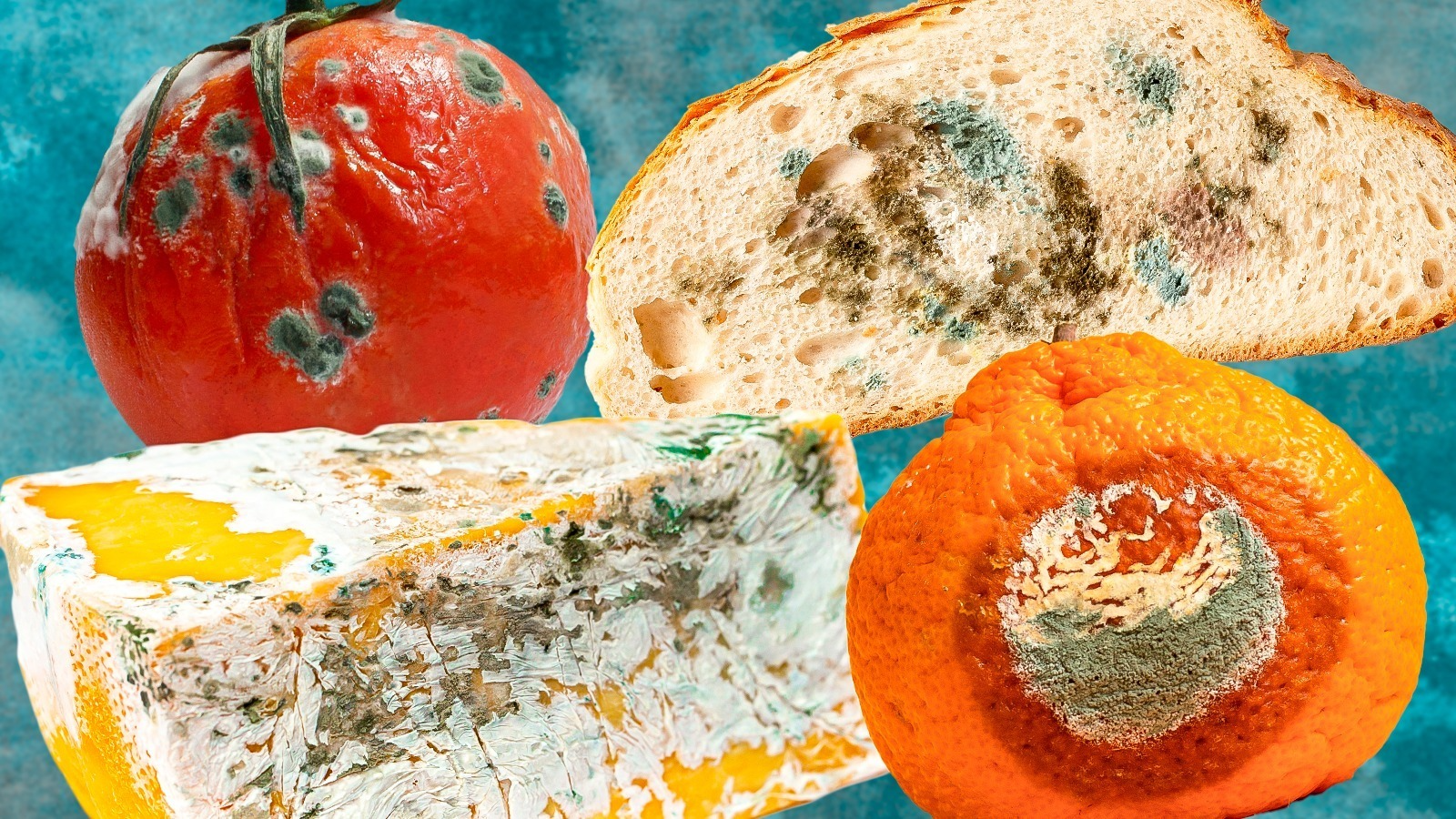To ensure safety, discard moldy food rather than cut off the mold and eat it. Mold is not entirely safe and can make even healthy people sick. Mycotoxins, a type of mold, are even linked to cancer, according to the World Health Organization.
Is it safe to eat food with mold if you cut it off?
The USDA advises against moldy foods, even if you can cut off the affected part. This applies to food that is fully covered in mold. However, some exceptions exist, such as long-lasting hard cheeses, cured meats, and certain fruits and vegetables. It may be possible to salvage fruits and vegetables with low moisture content and density, such as carrots or cabbage.
It’s important to note that not all mold is harmful.
While there are over 100,000 types of mold, not all of them are commonly found in food.
If you see mold on any fresh meat, poultry, or seafood surface, dispose of the whole product immediately. However, the mere presence of mold is not necessarily a sign that the food must be discarded. Some molds are harmless and an integral part of food production. For instance, you can safely scrub off mold on the exterior of items like salami and hard cheese.
Cheeses like Camembert, Brie, and Roquefort get their distinct flavor and appearance from a mold of the Penicillium genus. This mold, also used to make the antibiotic penicillin, behaves similarly to other molds. However, carefully controlled conditions are used to produce and develop the mold, preventing the production of harmful mycotoxins.
Mold gets on your food like black mold finds its way into damp parts of homes. Spores land on suitable food and form colonies that sprout hyphae, the threadlike structures that create mold’s telltale fuzziness.
To prevent mold at home, it is impossible to eliminate it from your food. Fruit, meat, cheese, and all other food stored in your pantry, refrigerator, and freezer come into contact with outside air. Although airtight packaging helps minimize exposure, it cannot eliminate it.
To reduce the risk of mold growth, follow these steps at home: Leave all airtight containers sealed until you are ready to use the food inside. To ensure freshness and reduce damage during transit, purchasing seasonal, locally-grown produce in small quantities, if sold fresh, unpackaged, or in somewhat porous packaging, is advisable.
Also, keeping your kitchen, refrigerator, and food storage containers clean can significantly reduce the presence of mold spores. Mold thrives in warm, moist environments. Therefore, temperature is a crucial factor to consider. It is critical to use isotherm bags and refrigeration to slow the spread of mold on food.

 Discuss
More news
Discuss
More news


